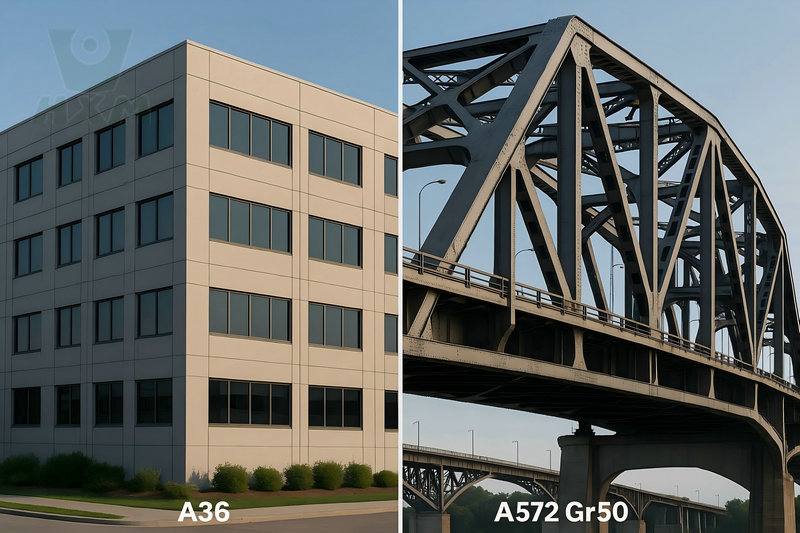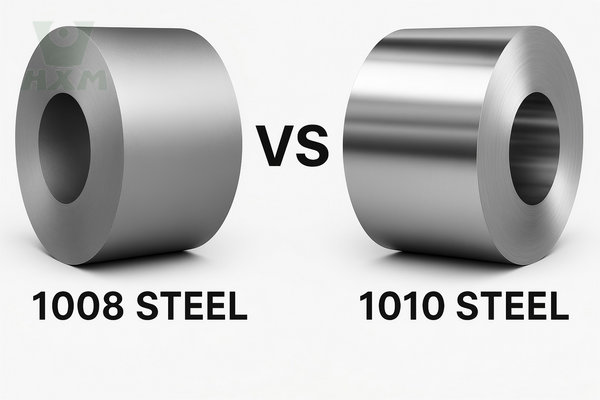South Korea successfully developed a new type of aluminum-silicon-magnesium coated steel plate
As one of the methods to improve the corrosion resistance of steel, other metals are usually coated on the surface of the steel plate. Although the traditional galvanizing process can improve the corrosion resistance of steel plates, zinc is a limited mental resource, and other metal coatings have inherent deficiencies in anti-corrosion. For example, aluminum easily reacts with chloride ions in seawater, which will aggravate corrosion. , therefore, the application in the marine field is limited. This deficiency can be compensated by adding other elements such as magnesium and silicon to form an alloyed coating.
However, magnesium is difficult to deposit as a coating in the traditional process of immersing steel in a metal salt bath. Just recently, Korean researchers developed a new scheme for aluminum-silicon-magnesium-coated steel sheets. The related results were published in the top international corrosion science journal “Corrosion Science” in Volume 192 in November 2021. The title of the paper is “PVD Magnesium Coating”. The ultra-high corrosion resistance of Al-Mg-Si film on steel sheet formed by PVD Mg coating and heat treatment.
The research and development of this new product are led by the Department of Marine Systems Engineering and the Department of Marine Advanced Materials Fusion Engineering, Korea Maritime and Ocean University, with the participation of the material performance team of the Pohang Steel Solutions Research Laboratory of the Posco Global R&D Center. The researchers used the magnetron sputtering technique of physical vapor deposition (PVD) to coat aluminized steel sheets (coatings containing aluminum and silicon) with magnesium.
The coating was then exposed to a high temperature of 375°C (707°F) for heat treatment, with different heating times, and the coating morphology was characterized. Finally, the research team performed a standard salt spray corrosion test on the new coating to detect its Corrosion resistance, the newly coated steel sheets were heated for 0 min, 5 min, or 30 min, as well as ordinary aluminized steel sheets and galvanized steel sheets were compared.
The test results show that the performance of the newly coated steel sheet is much better than that of the ordinary coated steel sheet. The aluminum-coated and galvanized steel samples showed obvious corrosion after being exposed to salt spray for 800 h. The freshly coated steel samples without heat treatment performed better but started to show severe corrosion after 1600h.
The steel plate sample after 30min heat treatments had almost no rust before 2000h, but after 2000h, the rust increased significantly. This is because the heat treatment heating time is too long, which has a certain destructive effect on the coating layer. However, for the steel plate samples heat-treated for 5 min, almost no corrosion occurred even after the test was completed after 2400 h.
After a careful and in-depth inspection, the research team initially determined the anti-corrosion mechanism of the coating. The corrosion products also form two layers, wherein the surface layer is mainly composed of aluminum-based corrosion products, and the inner corrosion layer is composed of aluminum, magnesium, and silicon-based products. In addition, the inner layer of corrosion products acts as a shield, protecting the steel from corrosion for longer. At the same time, the thermal treatment of the sample made more magnesium migrate into the substrate, further strengthening the shielding effect.
It is worth noting that the salt spray corrosion test is not directly related to corrosion in the real environment. Because this test method adopts concentrated spraying, it can accelerate the completion of the corrosion process that takes years or decades in a normal environment and does not take into account all factors, such as dry-wet cycles and other corrosive agents than ordinary saltwater. However, the research results are enough to confirm that this new alloy coating has great application potential.
This research uses a simple surface treatment scheme to prepare highly corrosion-resistant steel plates, which are very suitable for ships, offshore platforms, and coastal facilities in the future, This is of great significance for saving energy and environmental resources and also helps to achieve sustainable development. Target.







